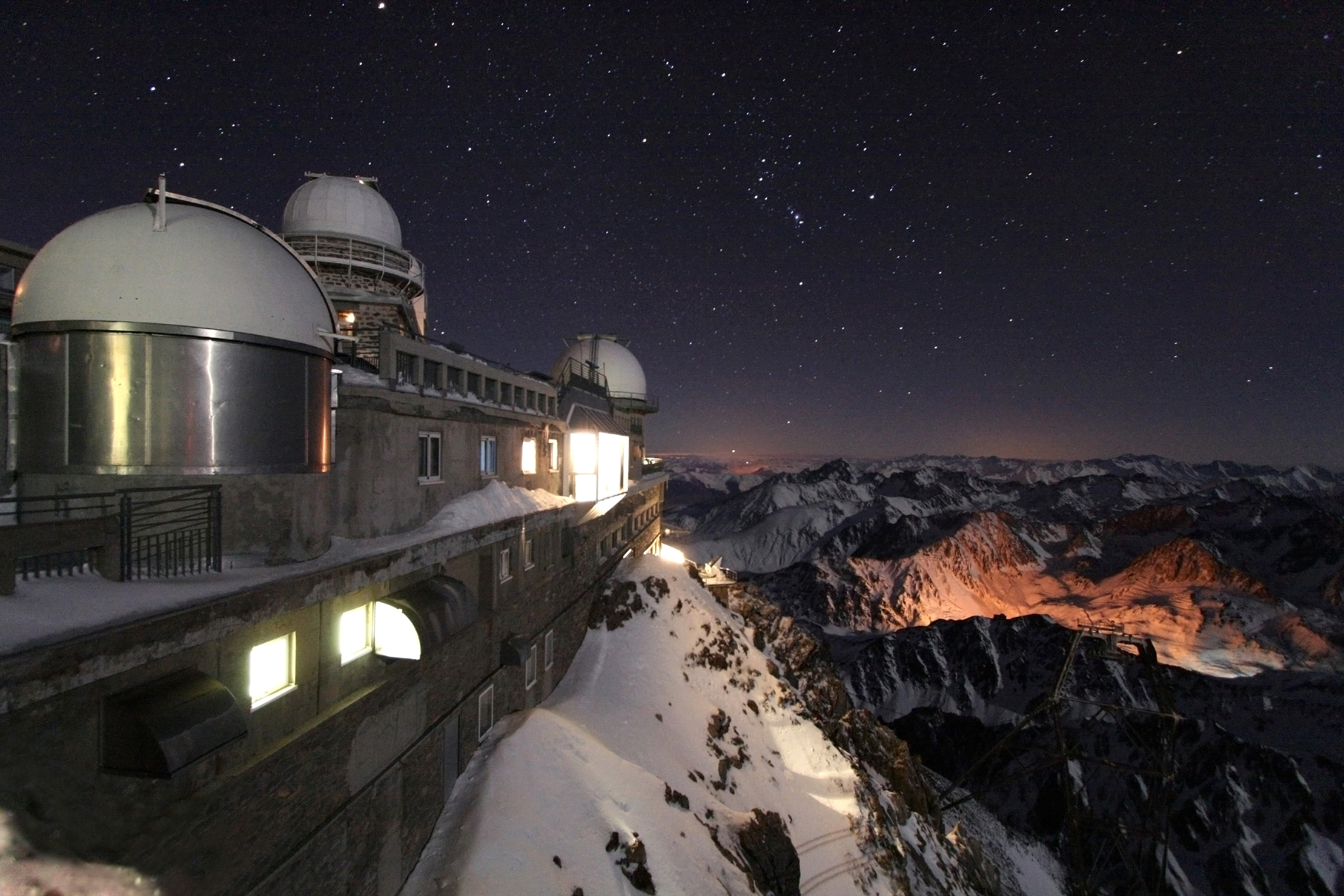Being born in France, LaPlace really got a head start in being a famous person in society. Most astronomers and famous scientists come from in the France region or nearby. His contributions were not only made in astronomy, but also in mathematics which became a major point in mathematical astronomy (astonishing, right?).
One of the contributions that Pierre Simon LaPlace made to our understanding of the universe is his own interpretation and proof of the nebular hypothesis of the origin of the solar system. The thought proposal of nebular hypothesis has something to do with nebulae and how they rotate while eventually collapsing from the weight of gravity ending up forming that stars and planets that we now have today.
Pierre Simon LaPlace is virtually known as one of the greatest scientists of all times and even sometimes referred to as the French Newton. Issac Newton used some of LaPlace's mathematical discoveries that helped Newton along with his studies of physics.
Observational astronomy seemed to be a problem back in the day. The orbits of planets seemed to be shrinking and expanding without any plausible explanation. None of the astronomers or other scientists could explain what was happening to the planets and why it was happening. LaPlace set out to explain what was going on so he explored the possibility of the rules of gravity affecting the motion and size. Scientists before had noted small measurements, but they really thought nothing of it. LaPlace, however, noted that if integration were to be taken over time the numbers thought to be small could become very important. He eventually concluded that the planets must be in a mutual equilibrium.



